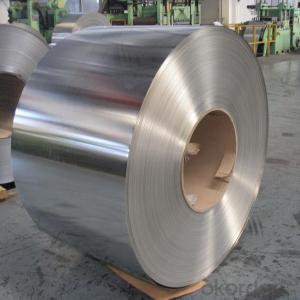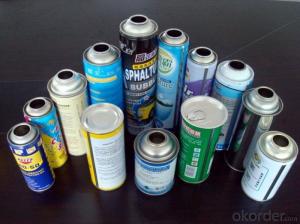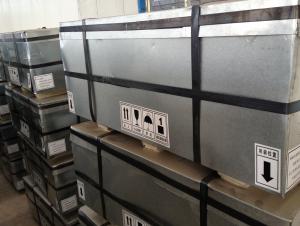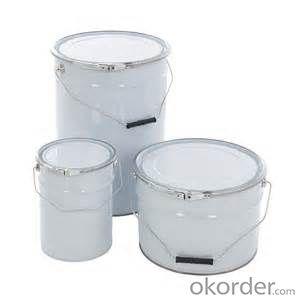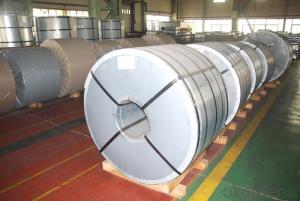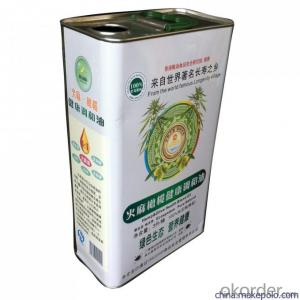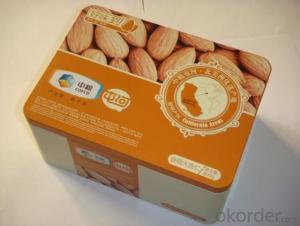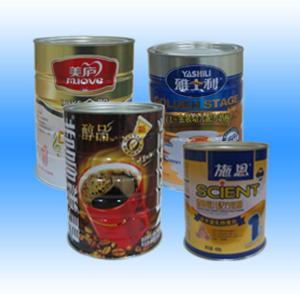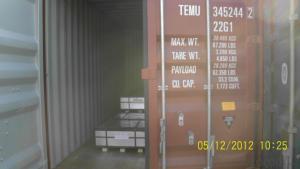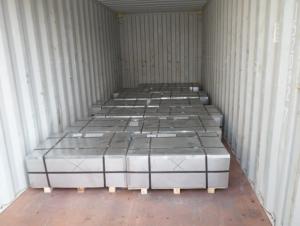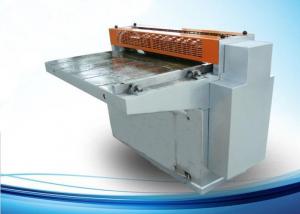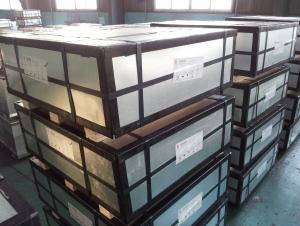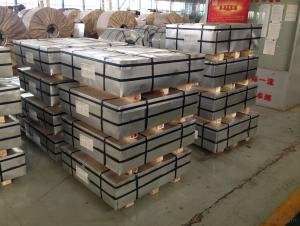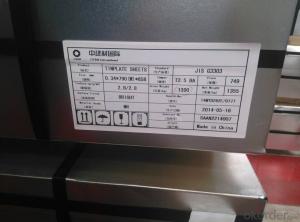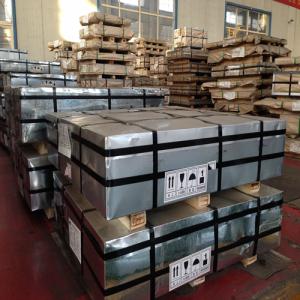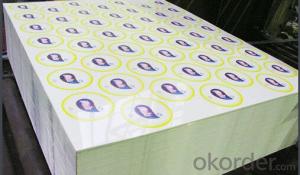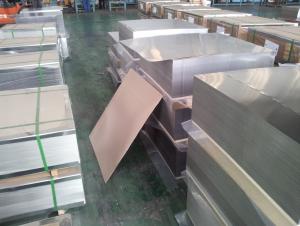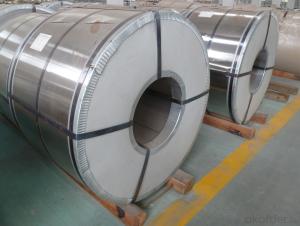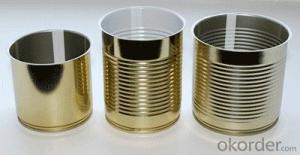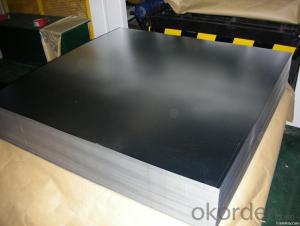Mth Lionel Tinplate
Mth Lionel Tinplate Related Searches
Mth Lionel Tinplate Trains Lionel Tinplate Set Lionel Mth Tinplate Trains Mth Tinplate Lionel Corporation Tinplate Lionel Tinplate Christmas Lionel Tinplate 2017 Mth Tinplate Christmas Lionel Tinplate Catalog Mth Tinplate Catalog Mth Tinplate Set Lionel Tinplate Classics Tinplate Metal Lionel Tinplate Traditions Lionel Tinplate Trains Lionel Tinplate Blue Comet Lionel Tinplate O Gauge Lionel Prewar Tinplate Tinplate Iron Lionel Tinplate Train Sets Mth Tinplate Trains Lionel O Gauge Tinplate Mth Tinplate For Sale Tinplate Uk Mth Tinplate Catalog 2017 Marx Tinplate Mth Tinplate Blue Comet Nse Tinplate Lacquered Tinplate Tinplate GoldfishMth Lionel Tinplate Supplier & Manufacturer from China
Mth Lionel Tinplate is a collection of high-quality model train products that cater to the needs of hobbyists and enthusiasts. These products are meticulously crafted to replicate the classic look and feel of vintage trains, providing an authentic experience for collectors and model train operators. The Mth Lionel Tinplate products are widely used in various settings, such as home layouts, exhibitions, and hobby clubs, where individuals gather to appreciate and operate model trains. These products are known for their durability, attention to detail, and the ability to withstand the test of time, making them a popular choice among model train aficionados.Okorder.com is a reputable wholesale supplier of Mth Lionel Tinplate products, offering a vast inventory to cater to the diverse needs of customers. As a leading platform for sourcing model train products, Okorder.com ensures that customers have access to a wide range of Mth Lionel Tinplate items, including locomotives, rolling stock, track systems, and accessories. By maintaining a large inventory, Okorder.com is able to provide prompt delivery and competitive pricing, making it a preferred choice for those looking to purchase Mth Lionel Tinplate products in bulk.
Hot Products

